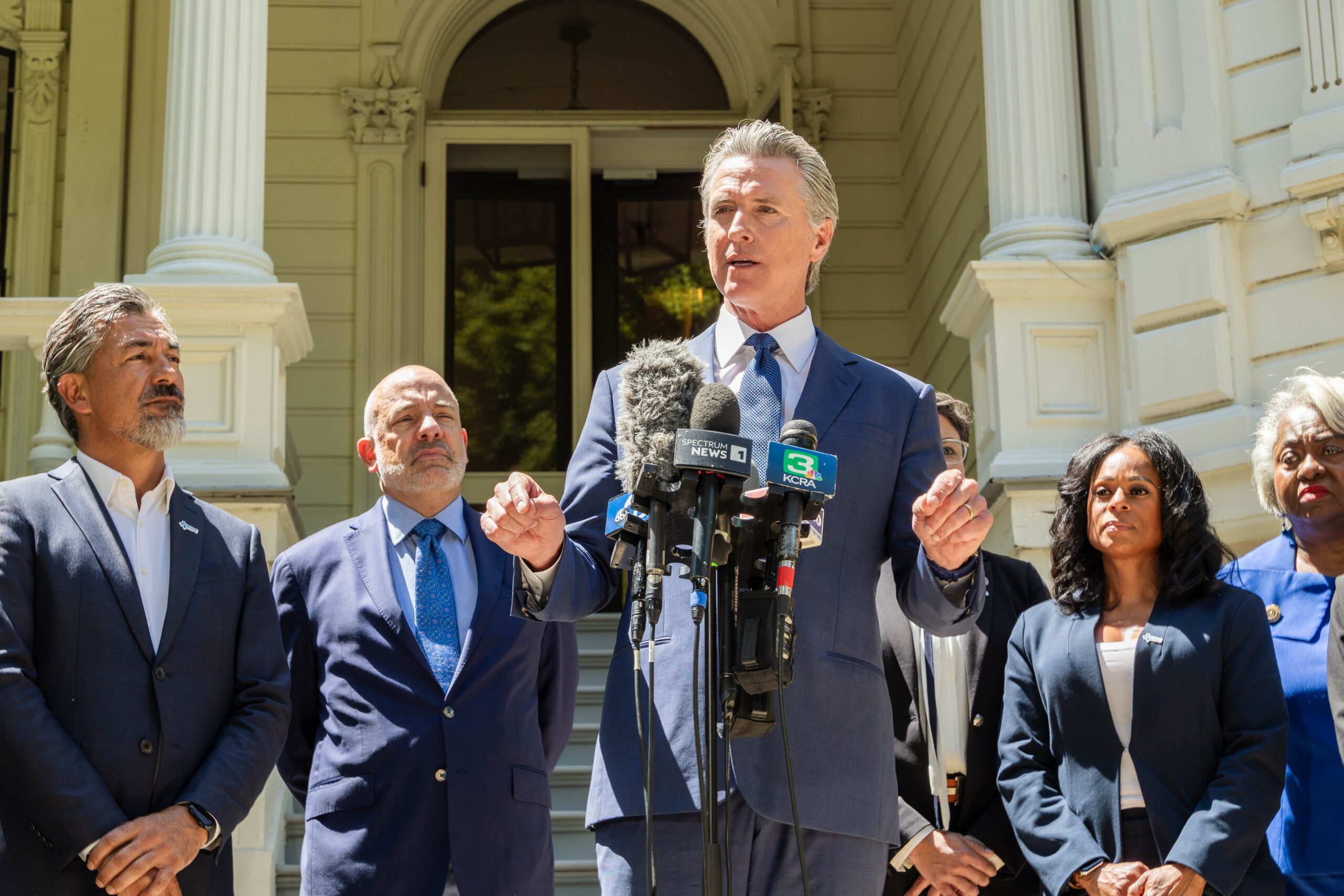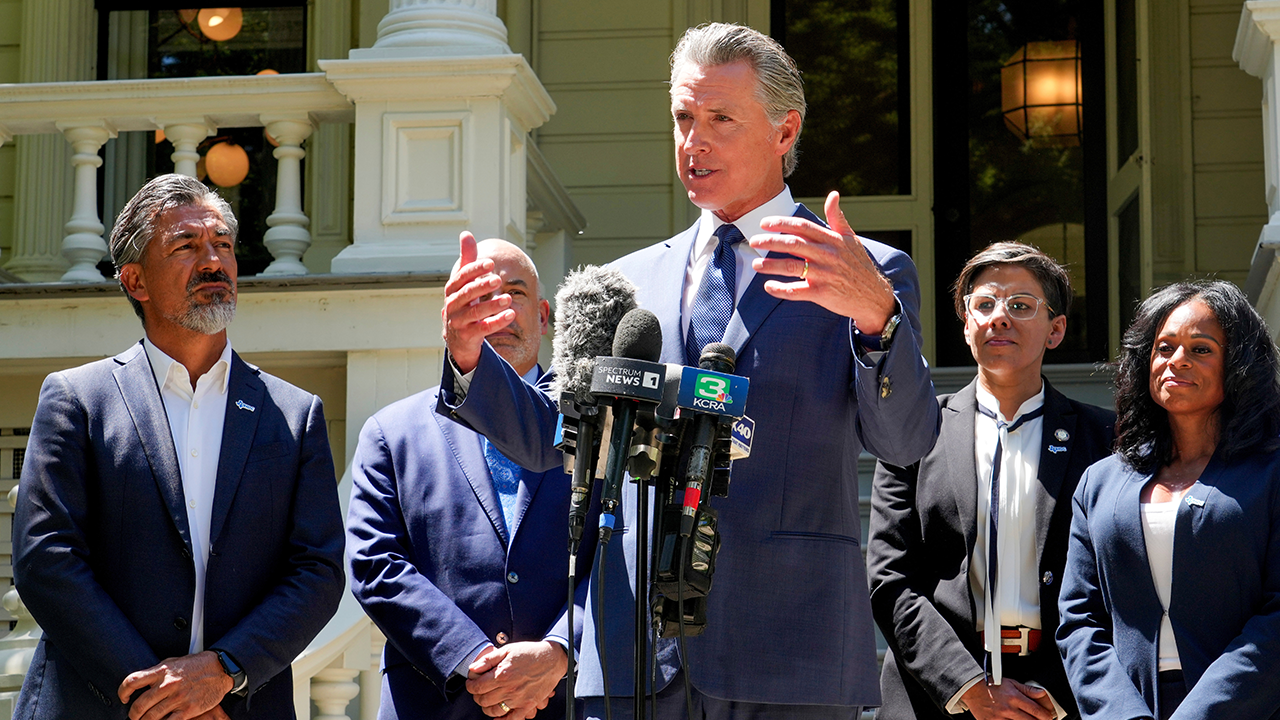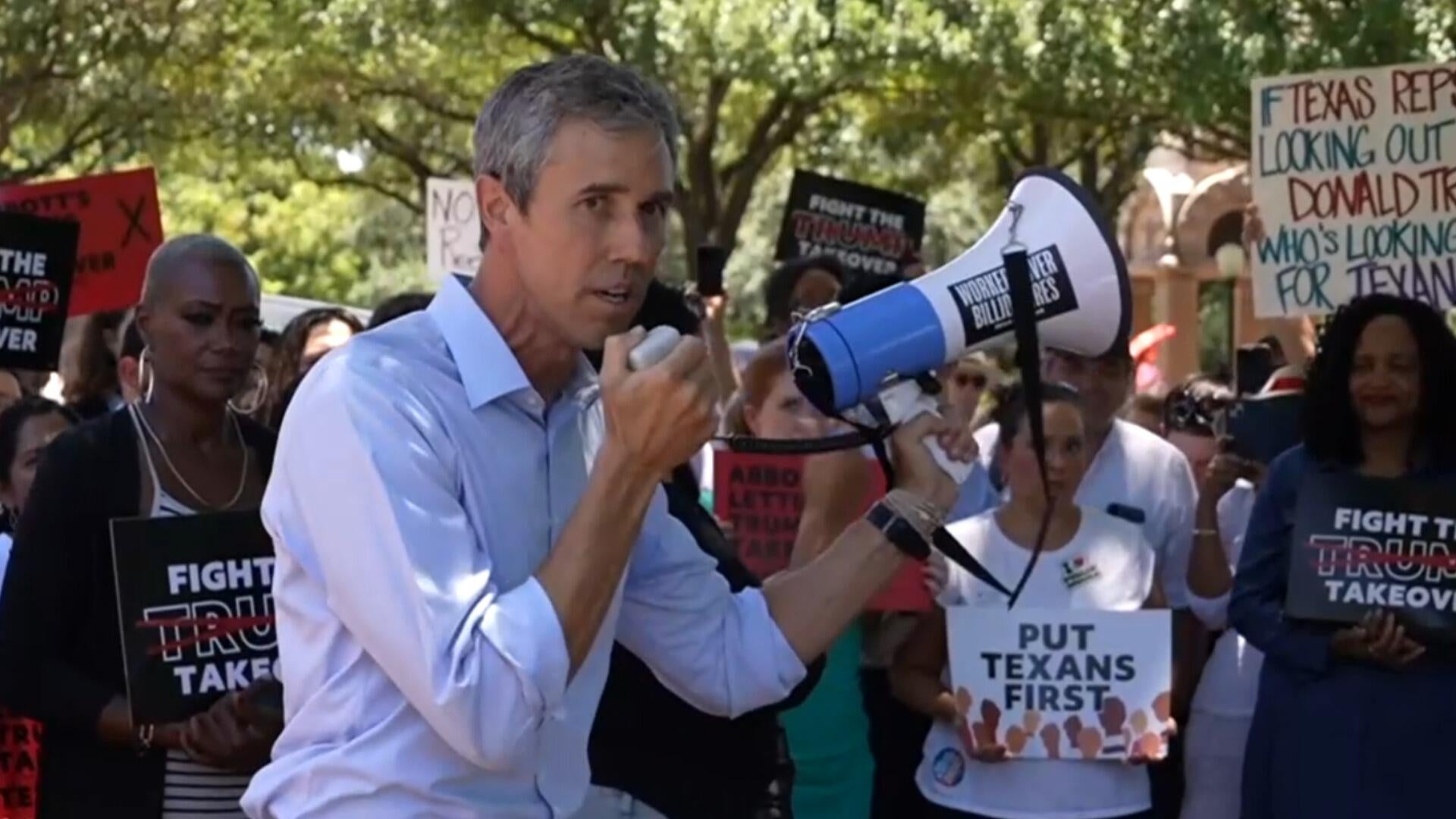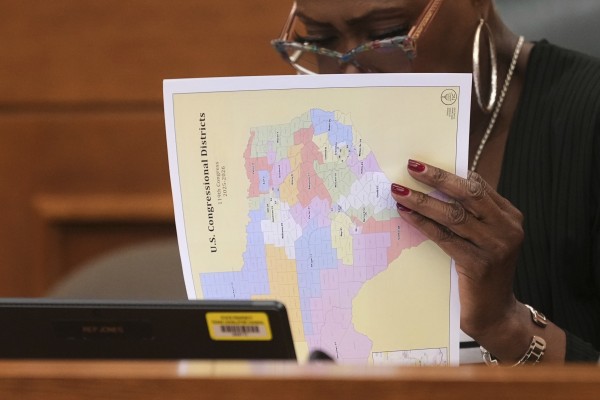California Considers Redistricting to Counter Texas GOP's Gerrymandering Efforts

California Democrats, led by Governor Gavin Newsom, are exploring the possibility of redrawing congressional maps in response to Texas Republicans' controversial move to redraw their maps mid-decade. This comes after Texas Republicans, at the urging of former President Donald Trump, initiated a special legislative session to potentially create more winnable U.S. House seats for the GOP before the 2026 elections.
Texas Republicans Push for Mid-Decade Redistricting

Texas Republican Governor Greg Abbott called a special legislative session that began on July 21, 2025, to redraw the state's congressional maps. This decision was influenced by President Donald Trump, who publicly pressured Texas Republicans to add up to five additional Republican-leaning U.S. House seats before the 2026 elections. Public hearings on the proposed changes started on July 24, 2025, sparking heated debates and criticism from Texas Democrats who decry the rushed process.
Trump's Influence and Republican Objectives

President Trump's involvement highlights the partisan motivations behind the Texas redistricting effort. The Republican party currently holds a narrow majority in the U.S. House (220-212, with 3 vacant seats), and the Texas redistricting is seen as a way to solidify and potentially expand that majority.
DOJ Concerns and Legal Challenges in Texas

Governor Abbott cited "constitutional concerns" raised by the U.S. Department of Justice (DOJ) as justification for the mid-decade redistricting. The DOJ sent a letter in early July, expressing concerns that four districts in the Houston and Dallas metro areas, Democratic strongholds, were racially gerrymandered in the 2021 redistricting. Civil rights groups are also actively litigating the 2021 maps, alleging racial gerrymandering.
California's Response: "Fight Fire with Fire"

California Governor Gavin Newsom and other prominent Democrats, including House Democratic Leader Hakeem Jeffries and Speaker Emerita Nancy Pelosi, have publicly discussed the possibility of California undertaking its own mid-decade redistricting as a countermeasure to Texas. Governor Newsom hosted a delegation of Texas Democratic state leaders in Sacramento on July 25, 2025, reiterating California's commitment to "fight fire with fire." He stated that "two can play this game" and that "everything is on the table," signaling a willingness to explore various options.
California's Options: Legislative Action or Ballot Measure

California is considering two primary routes to implement its own redistricting. One option involves legislative action to directly redraw the maps. The other option is a potential ballot measure aimed at returning redistricting power to the state legislature, effectively circumventing the independent commission established in 2008.
Democratic Counter-Strategies on a National Scale

Democrats are mobilizing nationally to oppose the Texas redistricting initiative. The National Democratic Redistricting Committee (NDRC), chaired by former U.S. Attorney General Eric Holder, convened an emergency strategy call on July 23, 2025, titled "Stop the Texas Takeover." The NDRC outlined a multi-pronged plan to challenge the redistricting in court, mobilize grassroots support, and engage in strategic media outreach.
Texas Democrats Consider High-Stakes Tactics

Texas Democrats are contemplating aggressive strategies, such as breaking quorum or staging walkouts, to obstruct the redistricting efforts. However, these tactics carry risks, as the Texas House has implemented new rules imposing fines for such actions.
New York's Stance on Redistricting

New York Governor Kathy Hochul has also expressed a willingness to explore redistricting in her state if other states "violate the rules," indicating a potential domino effect of redistricting battles across the country.
Key Dates and Events

The timeline of events underscores the rapid pace of these developments:
- Early July 2025: President Trump urges Texas Republicans to redraw congressional maps.
- Early July 2025: The DOJ sends a letter to Governor Abbott citing concerns about the 2021 Texas maps.
- July 21, 2025: Governor Abbott calls a special legislative session for redistricting.
- July 24, 2025: Texas lawmakers hold the first public hearing on congressional redistricting.
- July 25, 2025: Governor Newsom meets with Texas Democratic leaders, signaling California's readiness to respond.
Additional public hearings are scheduled in Texas. The GOP has a limited time frame to pass new maps during the 30-day special session. The 2026 midterm elections are the immediate target for the impact of these redistricting efforts.
Key Stakeholders

Several key stakeholders are involved in this redistricting battle:
- Texas Republicans: Seeking to solidify their U.S. House majority.
- President Donald Trump: Driving the Texas redistricting effort.
- Texas Democrats: Opposing the redistricting and exploring resistance strategies.
- California Democrats: Led by Governor Newsom, exploring ways to counter Texas's actions.
- U.S. Department of Justice (DOJ): Raising concerns about the existing Texas maps.
- Independent Redistricting Commission (California): A key player in California's current redistricting process.
- Civil Rights Groups: Challenging the 2021 Texas maps in court.
- Voters: The ultimate stakeholders impacted by redistricting.
Controversy and Public Reaction

The mid-decade redistricting is highly controversial, as it deviates from the traditional once-per-decade process following the U.S. Census. Critics view it as a partisan power grab aimed at manipulating electoral outcomes. Public polling in Texas indicates that a majority of likely voters see the Trump-backed redistricting plan as unnecessary. Public testimony at hearings has been contentious, with Democrats expressing strong opposition.
Potential Consequences

The redistricting efforts could lead to several consequences:
- Increased Partisan Polarization: A "tit-for-tat" approach to redistricting could intensify partisan divisions.
- Legal Challenges: New maps are likely to face immediate and prolonged legal challenges.
- "Dummymander" Risk: Overly aggressive redrawing of maps could backfire, creating more competitive districts.
- Impact on 2026 Midterms: The primary goal is to influence the partisan balance of the U.S. House.
- Erosion of Democratic Norms: Disregarding traditional redistricting cycles could set a dangerous precedent.